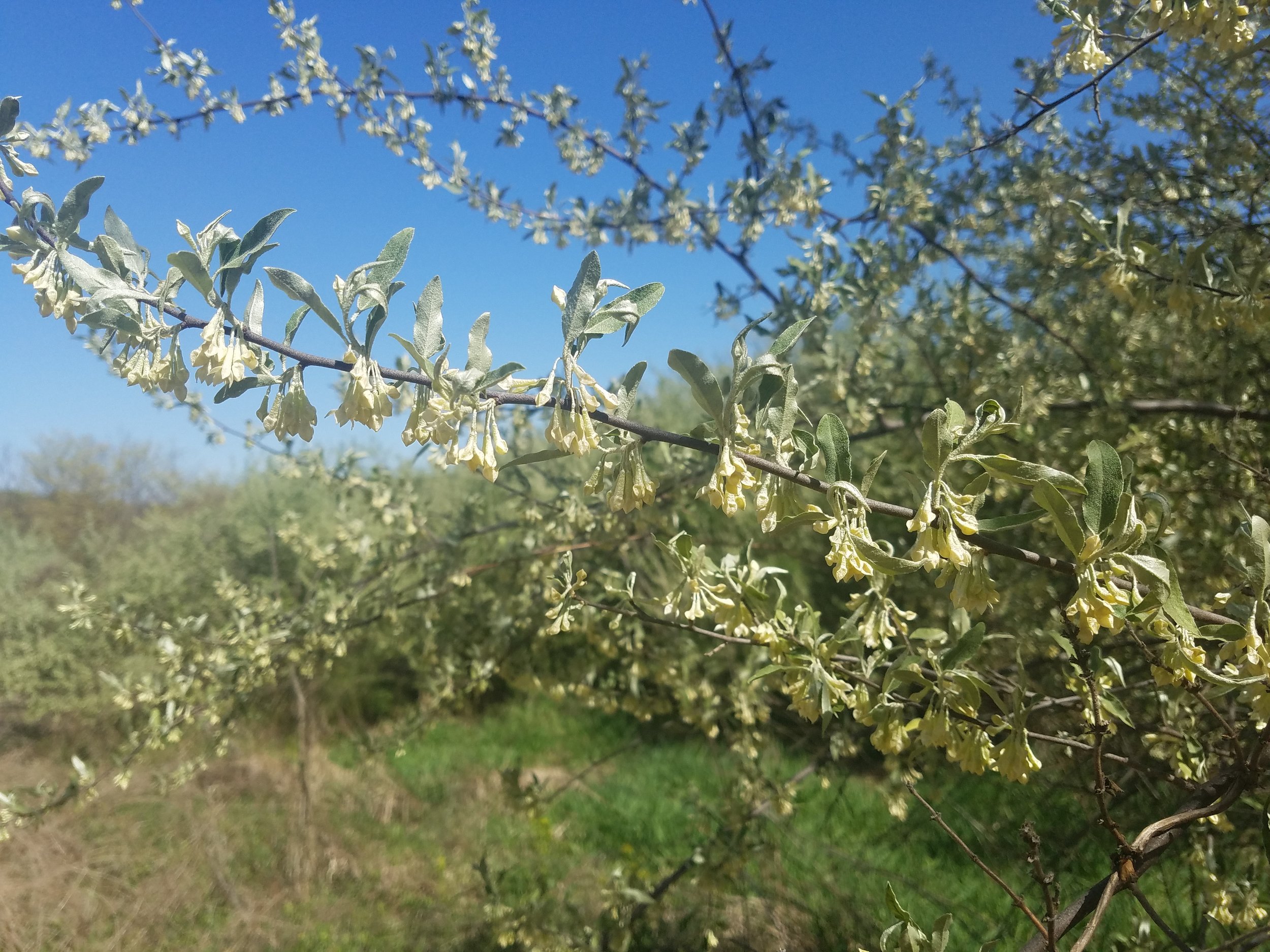
Reaching out to the local Cooperative Invasive Species Management Area personnel is one of the best ways to get involved, according to Dawn Slack, director of stewardship for The Nature Conservancy, chair of the Invasive Plant Advisory Committee and project coordinator for the Indiana Invasives Initiative. “Pressure from the public about what is being sold in the nursery is helping.” More help from the publicĪnyone who wants to help rid Indiana of invasive plants and also add native plants into the landscape has many options. “We’re seeing fewer of them being sold out there, so it’s working,” Abraham said. Most times, the plants are no longer for sale. Slowly, after warnings have been issued, state inspectors revisit the businesses. “The economic impact on small businesses would have been too much,” Abraham explained, adding that the goal is not to cause financial hardship for businesses but to educate them about the regulation. The same warning procedure used when the rule was first enforced will be utilized with the new plants, allowing nurseries and garden centers time to remove the plants from their stock. Once new plant species are added to the list, it will take time before they disappear completely from Indiana nurseries and garden centers. She hopes the list of possible additional plants will be submitted for review this winter. State inspectors have to go to nurseries and determine how many of the plants that may be placed on the list are currently for sale. The fiscal impact portion of the study will take nine months to a year, Abraham said. “We’re working on a fiscal analysis right now to determine which plants will go into that, as well as which plants we need to educate the public about,” she said.

She expects a few more plants, possibly Callery pear, Norway maple and burning bush, will be added to the list. The current list, which can be found at , will be reviewed in the near future, Abraham said. The regulation is to attempt to minimize the impact invasive plants can have on other plants and wildlife throughout the Hoosier state. The plants on the list are not native and are too aggressive, taking over habitat from native plants.

Many of the plants on the list were once desirable, such as Asian bush honeysuckle. Not all plants considered invasive in Indiana are on the list. The law went into effect over the course of several months, and implementation was a slow process. When the terrestrial plant regulation first went into effect state officials educated people at nurseries and garden centers about the changes - before invasive plants were destroyed in most cases. “Economically, it’s not a good idea to send us plants just so we can destroy them,” Abraham said. If enough plants are destroyed, the company usually pays attention. They are not shipped back to the company, Abraham said.ĭestroying the plants sends a message. Once a state inspector finds prohibited species, those plants are destroyed. We’ll give that information to the inspector and get them out there.” “Let us know which location you’re at, which store and what you saw. Those people often have no idea the sale of some plants is prohibited in Indiana, Abraham said.īut if someone in a store notices a plant that’s on the terrestrial invasive plant species list, Abraham hopes they will contact her division, at so they can remove the plants from store shelves as soon as possible. “It could be someone on the other side of the country.” “They are probably distributing the plants to most of the Midwest,” she said. It’s often difficult to determine who is ordering those plants and contact them, Abraham said. “We are making good headway with most of our dealers and nurseries,” Abraham recently told The Herald-Times.īut there are some retailers, usually chain stores where other companies supply the plants sold in the gardening section, that sometimes have one or two invasive plants for sale.

More about the rule:Rule bans sale of 44 plant species in Indiana She and her co-workers are tasked with ensuring the plants sold in Indiana do not include 44 terrestrial plants listed in the regulation signed into law by Gov.

Megan Abraham, director of the state division of entomology and plant pathology, knows all about it. The checker found no problems in this document.Did you know that plant, tree or shrub you purchased at a garden center might have been illegal to sell in Indiana? Acrobat Accessibility Report Accessibility Report Filename: Five-Year Plan 09.19.17.pdf Report created by: Organization:


 0 kommentar(er)
0 kommentar(er)
